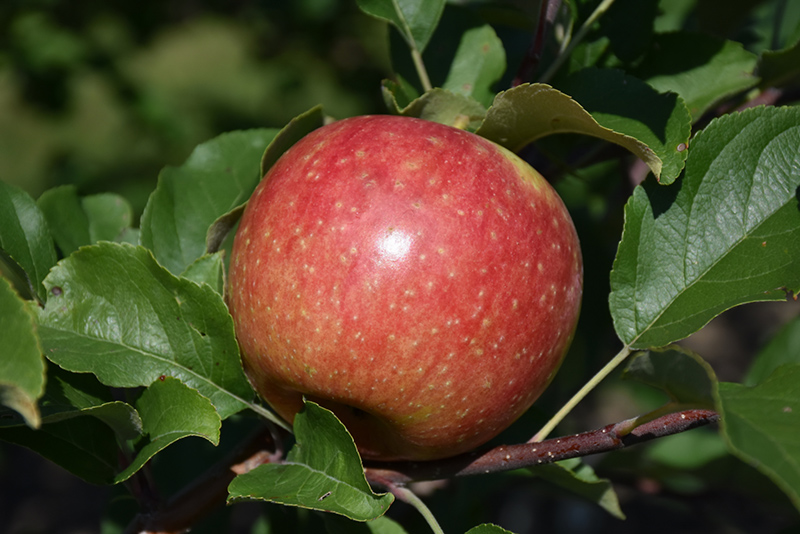Plant Finder

Red Baron Flowering Crab flowers
Red Baron Flowering Crab flowers
(Photo courtesy of NetPS Plant Finder)

Red Baron Flowering Crab fruit
Red Baron Flowering Crab fruit
(Photo courtesy of NetPS Plant Finder)
Height: 20 feet
Spread: 8 feet
Sunlight:
![]()
Hardiness Zone: 4
Other Names: Roseybloom, Crabapple, Red Barron
Description:
A beautiful accent tree covered in abundant deep red flowers in spring followed by persistent deep red fruit in fall, distinctive narrowly upright form ideal for smaller landscapes; needs well-drained soil and full sun
Ornamental Features
Red Baron Flowering Crab is draped in stunning clusters of fragrant red flowers along the branches in mid spring, which emerge from distinctive dark red flower buds before the leaves. The fruits are showy dark red pomes carried in abundance from early to late fall. It has dark green deciduous foliage which emerges coppery-bronze in spring. The pointy leaves turn an outstanding orange in the fall.
Landscape Attributes
Red Baron Flowering Crab is a deciduous tree with a narrowly upright and columnar growth habit. Its average texture blends into the landscape, but can be balanced by one or two finer or coarser trees or shrubs for an effective composition.
This is a high maintenance tree that will require regular care and upkeep, and is best pruned in late winter once the threat of extreme cold has passed. Gardeners should be aware of the following characteristic(s) that may warrant special consideration;
- Disease
Red Baron Flowering Crab is recommended for the following landscape applications;
- Accent
- Shade
- Vertical Accent
Planting & Growing
Red Baron Flowering Crab will grow to be about 20 feet tall at maturity, with a spread of 8 feet. It has a low canopy with a typical clearance of 2 feet from the ground, and is suitable for planting under power lines. It grows at a medium rate, and under ideal conditions can be expected to live for 50 years or more.
This tree should only be grown in full sunlight. It prefers to grow in average to moist conditions, and shouldn't be allowed to dry out. It is not particular as to soil type or pH. It is highly tolerant of urban pollution and will even thrive in inner city environments. This particular variety is an interspecific hybrid.
A NetPS Plant Finder tool
